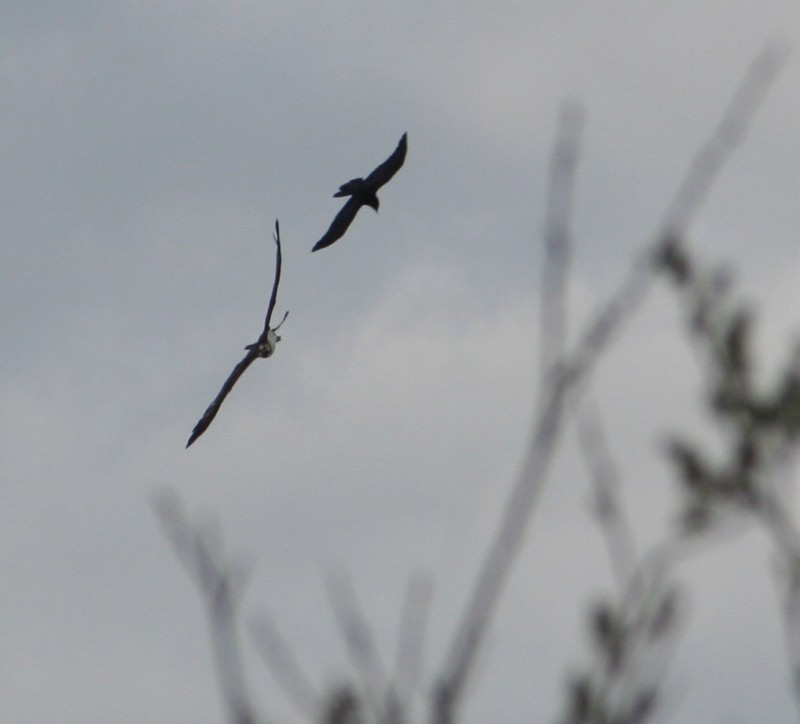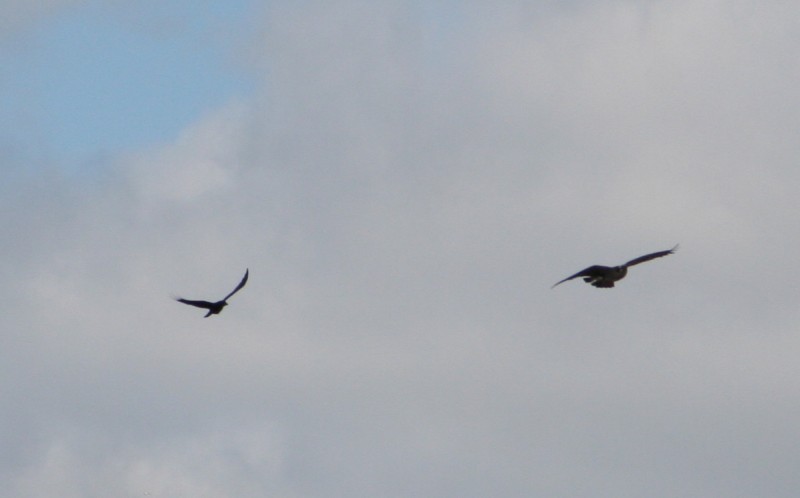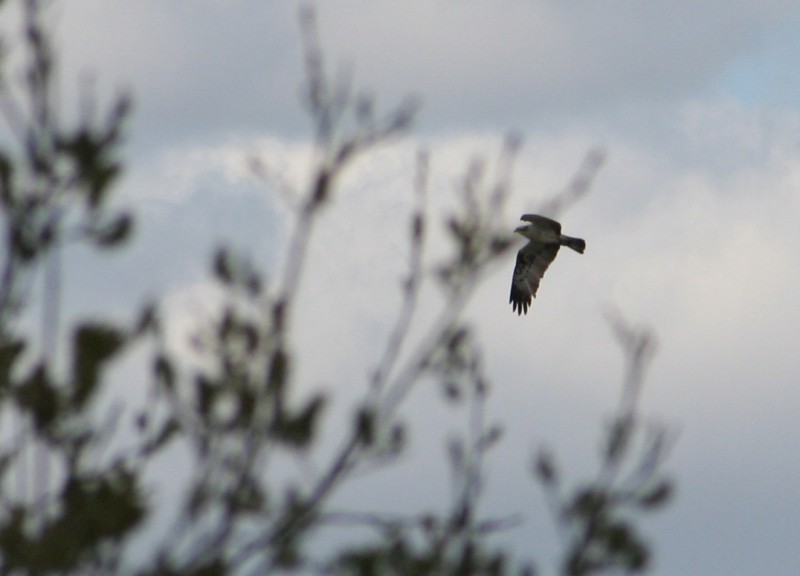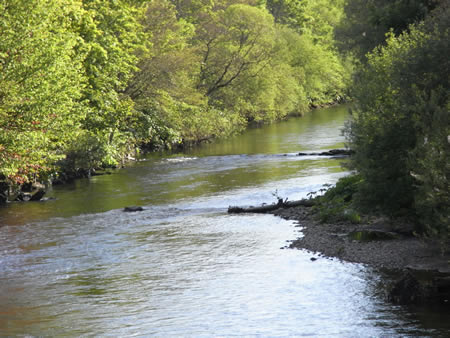These bulletin blogs represent news about Finavon and the South Esk, and my views as a riparian owner. While I may digress at times to write about other places, these are not the views of any other organisation, nor are they designed to promote the interests of any individual or organisation other than Finavon Castle Water and factors affecting the fishery. Tony Andrews
The last few years have seen wet starts to the Scottish ‘summer’, which has had its pros and cons as far as fly fishing for salmon and sea trout is concerned. From a conservation viewpoint, higher water levels have enabled spring salmon and sea trout to migrate in good flows to the upper catchments of river systems, putting them in place to gain easy access to spawning redds later in the year. From an angling viewpoint, and for those people who use rod catches as the primary indicator of abundance, those years have been poor for angling. Moreover, warm winter rivers encourage early running multi sea winter (MSW) salmon to move through the lower sections of rivers such as the Dee and Tay into the upper catchment, thus leaving historically famous spring beats on the lower river with few fish for the angler.
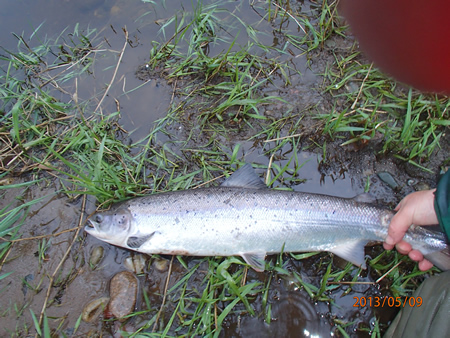
South Esk spring salmon. May 2013 Finavon Castle Water.
This year – 2013 – has been much colder than recent springs. The effects of colder water temperatures can be seen clearly in, for example, rod catches on the lower River Tay and South Esk below Brechin. MSW salmon have been held back by low water temperatures, thus enabling lower angling beats to increase their catches, in contrast to recent seasons. In the case of the Tay, catches are close to double the five-year average on some beats.
One of the difficulties for fishery managers in this situation is in trying to get a handhold on the numbers of early running salmon. In the 2011 RAFTS/ASFB summary of the 2011 season Andrew Wallace pointed out that rod catches are sometimes unhelpful when attempting to assess numbers of salmon that have migrated into rivers. He cited the example of the Tweed which in 2011 had a poor October and November as far as rod-caught fish were concerned, but that there had clearly been a strong run of salmon earlier, probably as result of invitingly high, and normally unseasonal, water levels. The result of the late summer run into the Tweed was that anglers fishing in the normally prolific month of October were fishing for stale fish, many of which were reluctant to take a fly.
The antithesis is that in the spring of 2013 we have seen conditions ideal for rod fishers to maximise their catches in the context of, at best, a mediocre spring run. That mediocrity in some rivers, most notably the Aberdeenshire Dee, has resulted in below-average catches, which in the case of that most productive of spring rivers says more about the fishability of that river than about water temperatures. In other words 2013 is not demonstrating a strong run of multi sea-winter salmon, some evidence for which is the counter figures at Logie on the North Esk.
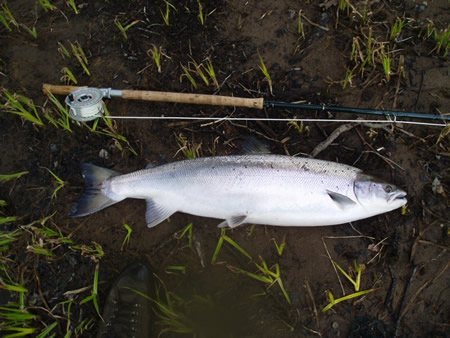
John Wood’s 17lbs salmon from Beeches
17lbs salmon from FCW in April 2013
Assessments of the strength of seasonal runs of salmon is never easy when viewed from close quarters, but there is a feature of the spring 2013, pointed out by Dr David Summers who is the senior biologist on the River Tay, which is the size and condition of the MSW salmon returning to the Tay in the first four months of the season. Salmon above 15Kgs have been a rarity in recent years and it is therefore encouraging to receive news of big fish – of between 10kgs and 20kgs – being caught by rods. While one season’s catches does not foretell a trend it is fair to state that salmon in such good condition does indicate that in some parts of the ocean there is an abundance of nutritious prey species for non-maturing salmon. Fish that have stayed at sea for more than one sea winter will, for many reasons, not return in the numbers that used to be the case with grilse (one sea winter maturing salmon). It is likely that numbers of grilse returning later in the 2013 season will be low, reflecting poor feeding close to home and the continuing trend of our salmon going further away (probably somewhere west of Iceland) to feed, and therefore staying at sea longer before returning to our rivers as MSW salmon.
The combination of good angling conditions, lower water temperatures, and a run of MSW salmon in excellent condition, may not indicate a migration of higher numbers of fish, but does imply that in poor conditions for angling we should not set too much store by rod catches, as indeed we should not when catches are good, as they have been in some places this spring. The spring of 2013 has demonstrated how complex the business of assessing stocks can be, and it will be fascinating to see what the rest of the season brings.
TA 24 May 2013
